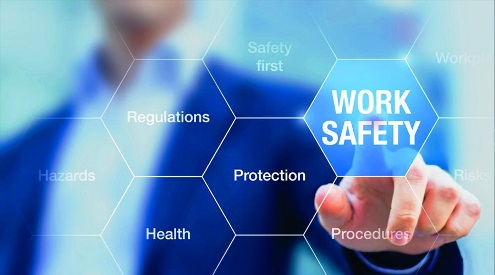Workplace safety expert Tony Orlowski refers to safety programs that are based solely on compliance as “safety by the numbers,” and he likens this approach to a paint-by-numbers picture: the end result only meets minimum standards.
RELATED: OpEd: How to effectively embed safety as a skillset
“Somebody else has already done that work for you, and all you have to do is follow their instructions,” Orlowski said during a recent interview. “In the end … it never really leads to excellence. That may be OK for your efforts in the artistic world, but it’s certainly not an acceptable approach for your responsibilities in safety.”
In the new book, Safety Beyond the Numbers: A Path to Principled Leadership, Orlowski and fellow workplace safety expert Ken Chapman introduce readers to the next step beyond compliance: Ownership.
“Good leaders who lead good organizations adhere to both OSHA and industry standards. But that is just the foundation,” Chapman said. “They also own their moral responsibility to ensure safe outcomes, and likewise require all team members to be worthy partners in keeping themselves and the people they work beside safe. Building an ownership culture on the foundation of compliance is the essential component that drives outstanding safety results.”
Companies continue to invest a great deal of time, effort and money in newer equipment, smart controls that make good decisions, and advanced technologies to track and analyze compliance efforts, the authors explain. But these same companies spend relatively little time focusing on a component that has remained unchanged for thousands of years: human nature.
“Responsible human interaction and meaningful engagement with your people is as important to safety as technological advancement,” Orlowski added.
Safety Beyond the Numbers provides a clear path toward implementing ownership principles for leaders who see safety as more than a mandated priority. It is for leaders who view the well-being of their people as critical to the business, a prerequisite of doing business and a moral obligation.





























